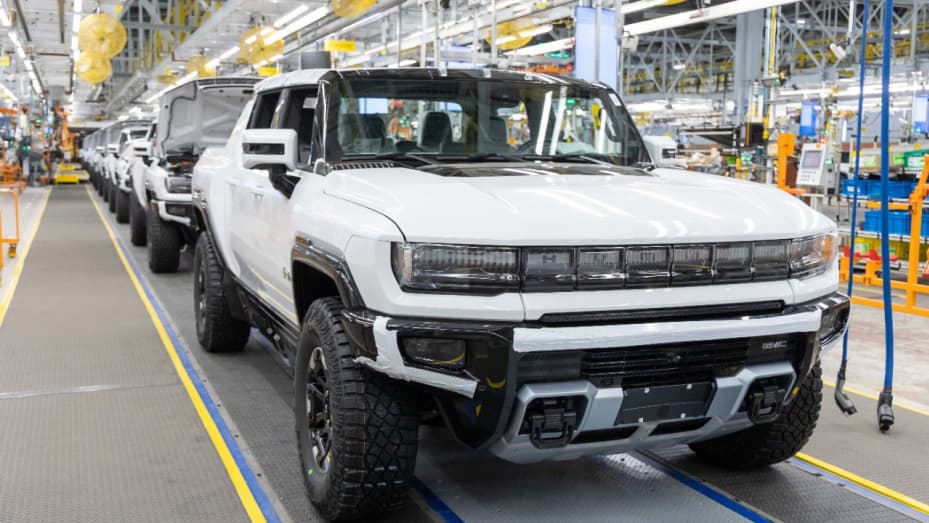Since I first heard about the goal of self-driving vehicles, I thought they'd be able to program the basic rules of the road, add a bunch of details, add sensors/hardware, and eventually be good to go; how is it that even relatively mentally slow people can usually learn to drive, yet autonomy requires such an incredibly difficult, complicated program so many orders of magnitude smarter than the slowest-learning driver, that needs machine learning, which to me is having to go around the barn thousands of times (very indirect learning) to succeed? After all, it seems like there's relatively few rules and algorithms judging by the thinness of any driver's training manual at the local motor vehicle office where you go to take your written driver's exam, at least in the US...





